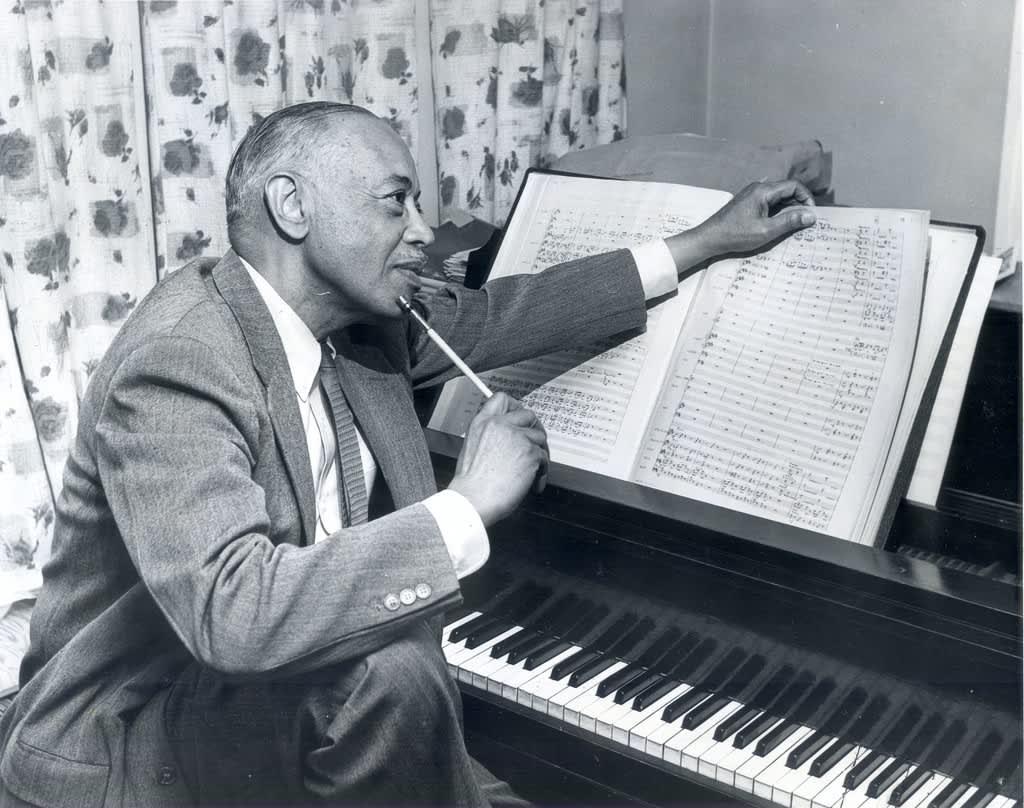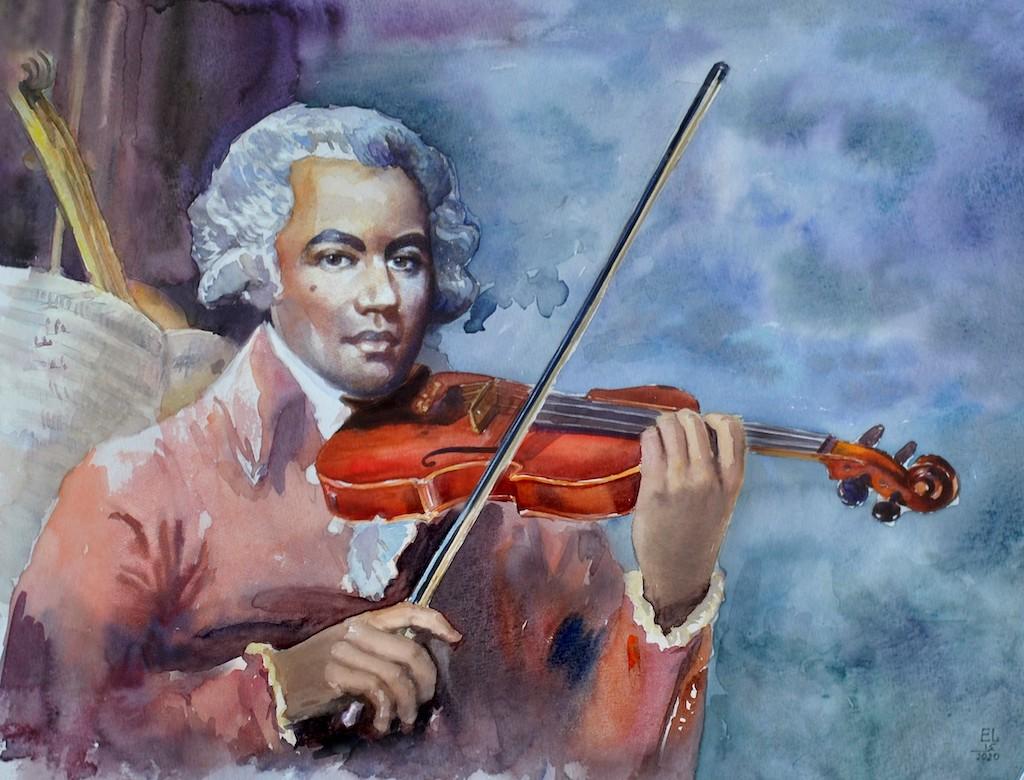
The Inspiring Stories of Three Black Classical Composers
Explore the remarkable lives and musical contributions of three pioneering Black classical composers
By Eric MunsonNov. 3 2023, Published 2:36 p.m. ET
Florence Price

Florence Price (1887-1953) was an American pianist, organist, composer and music teacher who became the first Black woman to have her music performed by a major American orchestra. Born as Florence Beatrice Smith in Little Rock, Arkansas, Price was the daughter of a dentist and a music teacher. Her mother encouraged her to study music and she attended the prestigious New England Conservatory of Music in Boston. Of mixed ethnicity, Price initially passed herself off as a Mexican to avoid discrimination.
She graduated with honors and briefly taught at Clark Atlanta University. In 1912, she married a lawyer named Thomas J. Price. The couple moved back to Little Rock, but soon found themselves in the midst of increasing racial tension. In 1927, a Black man was lynched in the city, forcing the couple to relocate to Chicago.
In 1931, Thomas and Florence divorced due to financial issues and domestic violence leaving Price to raise their two daughters on her own. She worked as an organist for silent films and composed music for radio advertisements to make ends meet.
The following year in 1932, Price entered some of her compositions into the Wanamaker Foundation Awards. Her Symphony No. 1 in E Minor won first place and her Piano Sonata won third place. She won $500 (about $11,000 by today’s value) and her symphony was premiered by the world famous Chicago Symphony Orchestra.
Although classically trained, Price’s musical style was heavily inspired by African American spirituals and folk tunes. This style is on full display in her Symphony No. 1 with its haunting melodies and use of a traditional juba dance as the third movement, replacing where a scherzo would normally be.
Price died in Chicago and eventually fell from the repertoire. However in 2009, a cache of her music and documents was discovered in an abandoned house in St. Anne, Illinois.
William Grant Still

William Grant Still (1895-1978) was one of the most prolific African American composers. He wrote over 200 compositions including 5 symphonies, 8 operas, 4 ballets and various art and pop songs.
Famously in 1938 at the Hollywood Bowl, Still conducted two of his own works, taking the podium in front of the Los Angeles Philharmonic. He became the first African American to conduct a major symphony orchestra.
Still was born in Woodville, Mississippi to two teachers. At age 15, Still took violin lessons and also taught himself to play the clarinet, saxophone, oboe, double bass, cello and viola. His mother wanted him to go to medical school, but he left without graduating and moved to the Oberlin Conservatory of Music.
Still’s musical style is inspired by blues, spirituals, jazz and folk music. Nicknamed the “Dean of African-American Composers,” Still became well known for depicting the African American experience through his orchestral writing.
His most famous composition is his Afro-American Symphony, which follows a standard symphonic framework, but with distinct blues and jazz influences. The symphony notably requires the use of a banjo in the third movement; one of only a handful of orchestral works to do so.
It was first premiered by the Rochester Philharmonic Orchestra and later performed across the world in cities such as New York, Los Angeles, Berlin, Paris and London.
Despite racial tensions, Still received numerous honors and honorary doctorates for his contributions to classical music. He also received posthumously the 1982 Mississippi Institute of Arts and Letters Award for A Bayou Legend, which became the first opera by an African American to be performed on national television.
Chevalier de Saint-Georges

Joseph Bologne (1745-1799), better known as Chevalier de Saint-Georges, was a French fencer, violinist and composer, notable for being one of the first Black composers to gain widespread fame. However, racism and discrimination greatly stifled his recognition.
His story serves as the basis for the 2022 biographical drama film Chevalier starring Kelvin Harrison, Jr. as Saint-Georges.
Saint-Georges was born on the Caribbean island of Guadeloupe, as the illegitimate son of a French merchant and an African slave. At the age of 7, he was taken to France to further his talents and education.
Nicknamed the “Black Mozart,” Saint-Georges was a musical prodigy and was a contemporary of Wolfgang Amadeus Mozart. When Mozart traveled to Paris in 1778, he met Saint-Georges at the court of Marie Antoinette. Likely due to the racist attitude at the time, Mozart was envious of Saint-Georges’ talent. When a vacancy opened up at the Paris Opera, Saint-Georges immediately applied to take over as musical director.
However, he was forced to withdraw when others protested against “hiring a person of color.”
When the French Revolution erupted in 1789, Saint-Georges joined the National Guard and led a battalion of “French citizens of color,” later renamed the Légion Saint-Georges. Despite his status as a war hero, his background and connections to the former aristocracy made him a target. He was jailed without a trial for over a year for “misusing public funds.”
Despite his numerous setbacks, Saint-Georges refused to stop performing and composing music. He composed string quartets, concertos, symphonies and operas.
Unfortunately, much of his music was destroyed during the French Revolution and Saint-Georges fell into obscurity. His music would not be heard again until the 1990s.

